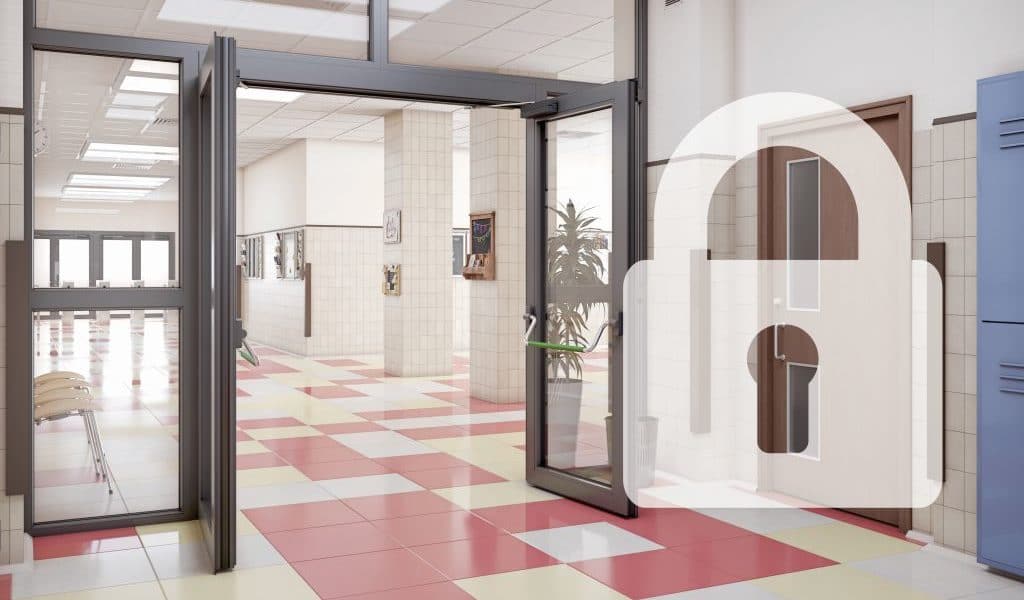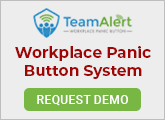K-12 schools face a number of challenges, not the least of which is the basic principle of safeguarding students, staff and faculty from emerging threats. They must strive to strike a balance between building a safe and secure environment and maintaining a welcoming one.
A combination of policies and procedures for stakeholders to follow can be instrumental in achieving these goals, but it’s not enough to simply lay down strategies. Manufacturers and integrators must work diligently to meet the needs of educational facilities by embracing convergence and unification.
Covering all the bases for accomplishing thorough school security can seem overwhelming.
Here are five major components to consider when building a comprehensive security plan for your educational facility:
- Managing Access
Recent unfortunate incidents have made it clear that monitoring entrances and exits of a school building and controlling or restricting access are paramount when it comes to ensuring the safety of those inside.
Access control technology is a powerful tool that offers officials the ability to quickly and easily lockdown a campus at the touch of a button, which can be critical in the event of an emergency or threat.
- Collaboration
It’s important for a school to work with well-qualified systems integrators and manufacturers that have experience in this vertical. The smartest security strategy is layered and fills in gaps as best as possible, and an experienced integrator or manufacturer can assist with this.
They can work within a budget and timeline to put together the most cost-effective and efficient system possible. The key is to get started and build a system over time, if necessary, to reach end goals.
- Integrated Systems
Schools must take advantage of the ability to link an access control system to additional systems, such as enterprise resource planning (ERP), housing, scheduling, meal plan and other backend systems on campus.
Educational facilities can gain efficiency, reduce errors and streamline resources by sharing data between these systems. This interconnectivity helps to remove many of the complexities associated with the transference of data.
A great example of this would be when a student or faculty member is expelled or leaves campus. By just updating their record in the ERP system, their access rights and privileges on campus are automatically updated in all systems, ensuring proper protection.
- Cybersecurity
Despite physical security concerns acting as the most prominent threat to schools, the technology and solutions used to combat these challenges face an inherent risk of cyber vulnerabilities and attacks.
In the event of a breach, an entire system may be left ineffective, which could severely impact a school’s safeguarding procedures. A school’s IT department must be brought into the deployment process to ensure proper data safety protocols are being followed and software updates and patches are installed frequently.
- Versatility
Implementing a security solution can be a significant investment, so it’s critical for educational facilities to think outside the system’s primary purpose and take a look at how it can also be used for business operations.
With today’s evolving technology, modern campuses are using security and IT functionality to address more than just safety; access control systems can be used for event or building management, energy savings and gathering data about building usage and operations.
As schools continue to be targets for senseless violent acts and tragedies, it’s more important now than ever before for executives to create a uniform and intelligent security solution that combines innovative technology and consolidation to streamline processes and enhance situational awareness.
Eric Widlitz is the vice president of sales, North America, for Vanderbilt Industries, www.vanderbiltindustries.com. Vanderbilt delivers a broad security product portfolio and outstanding customer support based on core values of agility, adaptability and dependability.






